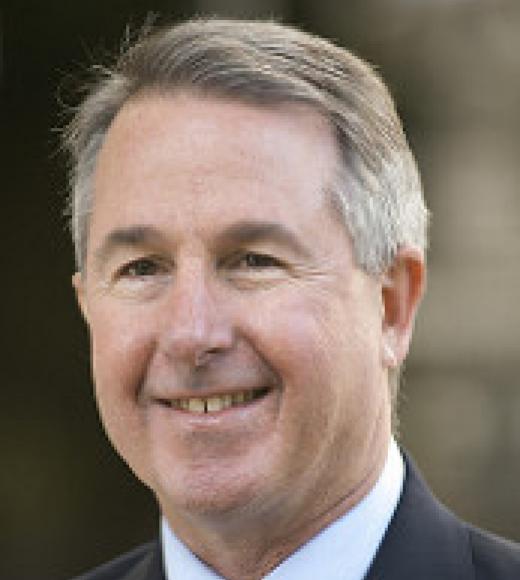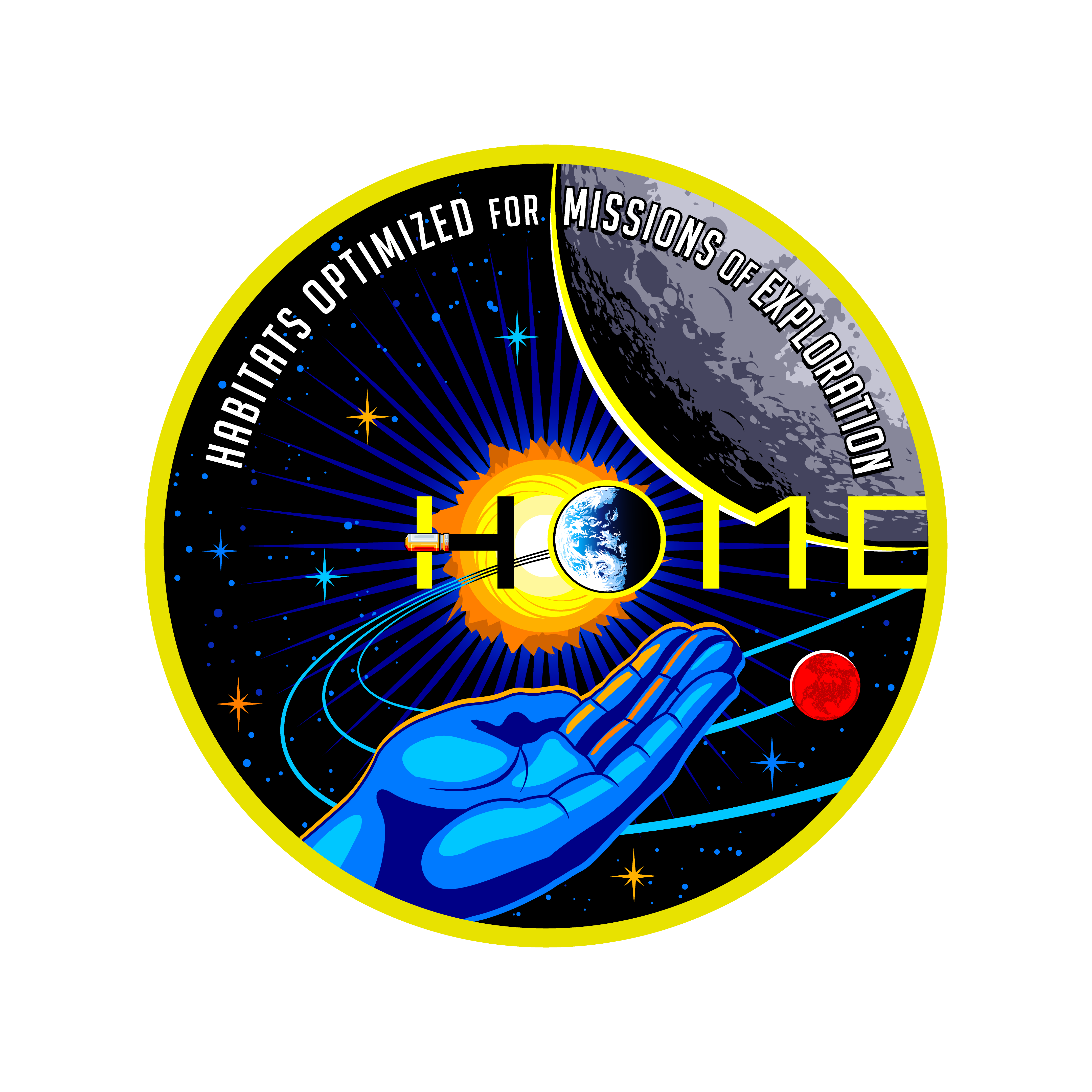
Position Title
Director
Before joining the faculty at the University of California, Davis in 2012, Stephen Robinson spent 37 years at NASA, where he worked as a machinist, lab technician, engineer, research scientist, branch chief, safety representative, and astronaut. Robinson is now a tenured professor in the UC Davis Mechanical and Aerospace Engineering Department. He has recently been appointed Director of the UC Davis Center for Spaceflight Research.
Dr. Robinson also directs the UC Davis Human/Robotic/Vehicle Integration and Performance Lab, where graduate and undergraduate students pursue research in human spaceflight, spacecraft design for human health and safety, aviation safety, human/automation/robotic integration, human performance, automation and control, and CubeSat and UAV design.
During his 17 years as a NASA Astronaut, Dr. Robinson flew on four space shuttle missions, including three spacewalks, visited the ISS twice, trained in Star City, Russia, and has extensive expertise in spacecraft systems, human/systems integration, operational safety, space robotics, aerodynamics, and fluid physics.
Dr. Robinson has received numerous awards, including NASA’s highest honor - the NASA Distinguished Service Medal, and UC Davis’ highest honor – the UC Davis Medal. Robinson is a UC Davis alumnus in Mechanical and Aeronautical Engineering (double B.S., 1978) and received his M.S. and Ph.D. in turbulence physics from Stanford University in Mechanical and Aero/Astro Engineering (1986, 1990).
Dr. Robinson is an active pilot, an artist, and a multi-instrument musician – he currently plays with the mostly-astronaut folk-music band Bandella, and the all-astronaut rock band Max Q.

Education and Degree(s)
- PhD in Mechanical Engineering, Stanford University 1990
- M.S. in Mechanical Engineering, Stanford University 1985
- B.S. in Mechanical and Aeronautical Engineering, UC Davis 1978
Documents
